
Discrete-/Continuous-Time Dynamic Networks and Community Detection
https://www.JonathanPark.dev
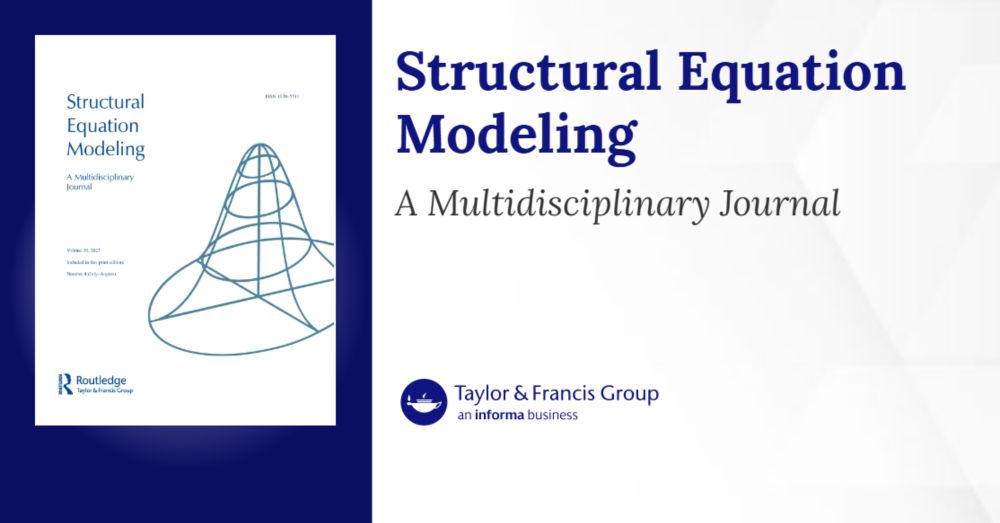
In the paper, we introduce a continuous-time extension to the GIMME model implemented in OpenMx. It uses iterative tests of modification indices to construct group- and person-specific dynamic networks!
In the paper, we introduce a continuous-time extension to the GIMME model implemented in OpenMx. It uses iterative tests of modification indices to construct group- and person-specific dynamic networks!

In the paper, we introduce a continuous-time extension to the GIMME model implemented in OpenMx. It uses iterative tests of modification indices to construct group- and person-specific dynamic networks!
🙌
🙌
Have we made a Quant Psych starter pack? If we have, I’d love to be added but if not perhaps we can get one going.
Have we made a Quant Psych starter pack? If we have, I’d love to be added but if not perhaps we can get one going.
Hello everyone! I'm an Assistant Professor at @ucdavispsych.bsky.social.
I'm a quantitative psychologist studying dynamic network models in discrete- and continuous-time and how we can find commonalities in person-specific dynamics.
Hello everyone! I'm an Assistant Professor at @ucdavispsych.bsky.social.
I'm a quantitative psychologist studying dynamic network models in discrete- and continuous-time and how we can find commonalities in person-specific dynamics.
I'm excited to share recent work related to modeling multiple-subject, multivariate time series.
We extend the multi-VAR framework to allow for data-driven identification and penalized estimation of subgroup-specific dynamics.
arxiv.org/abs/2409.03085
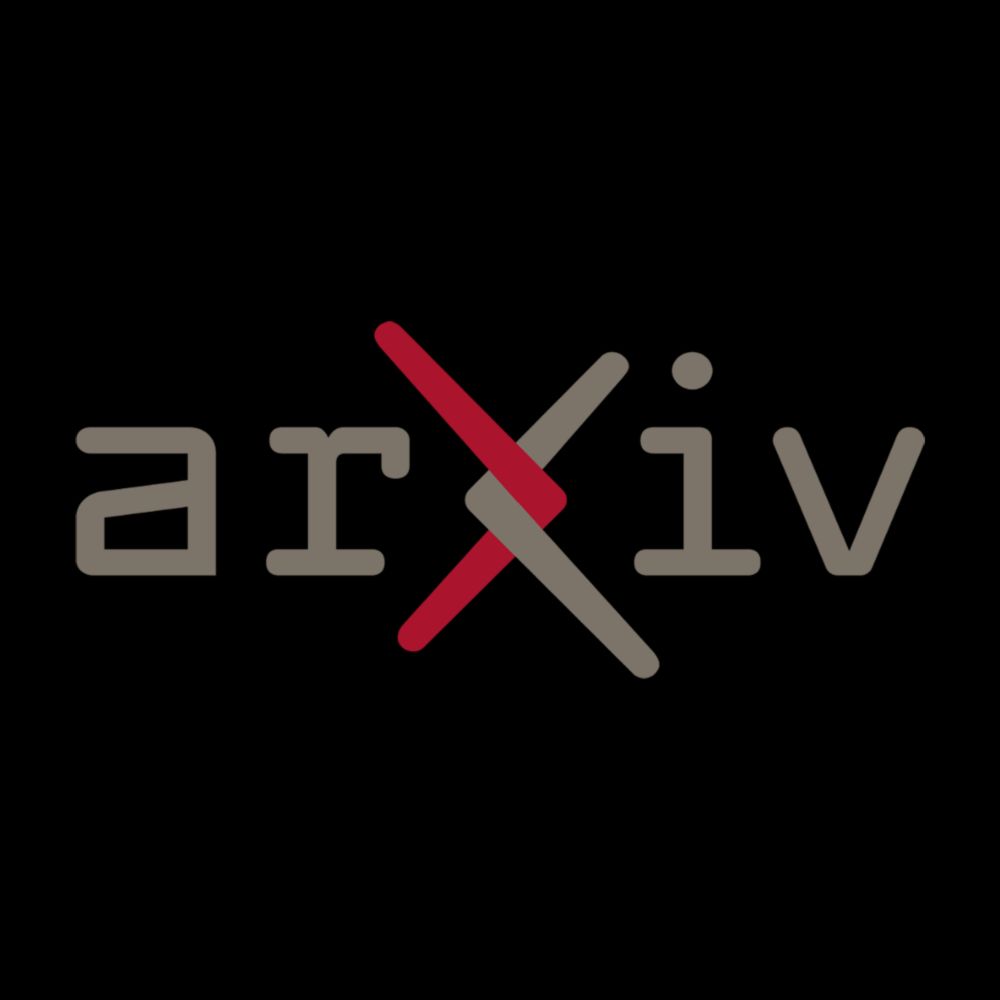
I'm excited to share recent work related to modeling multiple-subject, multivariate time series.
We extend the multi-VAR framework to allow for data-driven identification and penalized estimation of subgroup-specific dynamics.
arxiv.org/abs/2409.03085
Sharing a pre-print that we just submitted from my dissertation work.
We adapted and extended the GIMME framework for identifying group-level structure in person-specific dynamics to the continuous-time framework via modification indices
osf.io/preprints/ps...
Sharing a pre-print that we just submitted from my dissertation work.
We adapted and extended the GIMME framework for identifying group-level structure in person-specific dynamics to the continuous-time framework via modification indices
osf.io/preprints/ps...
I’m a doctor now!
Got knighted by my advisors, Sy-Miin Chow and Peter Molenaar with an engraved sword gifted to my by Alexis Santos.
Lots of folks to thank but never enough space in these character limits.
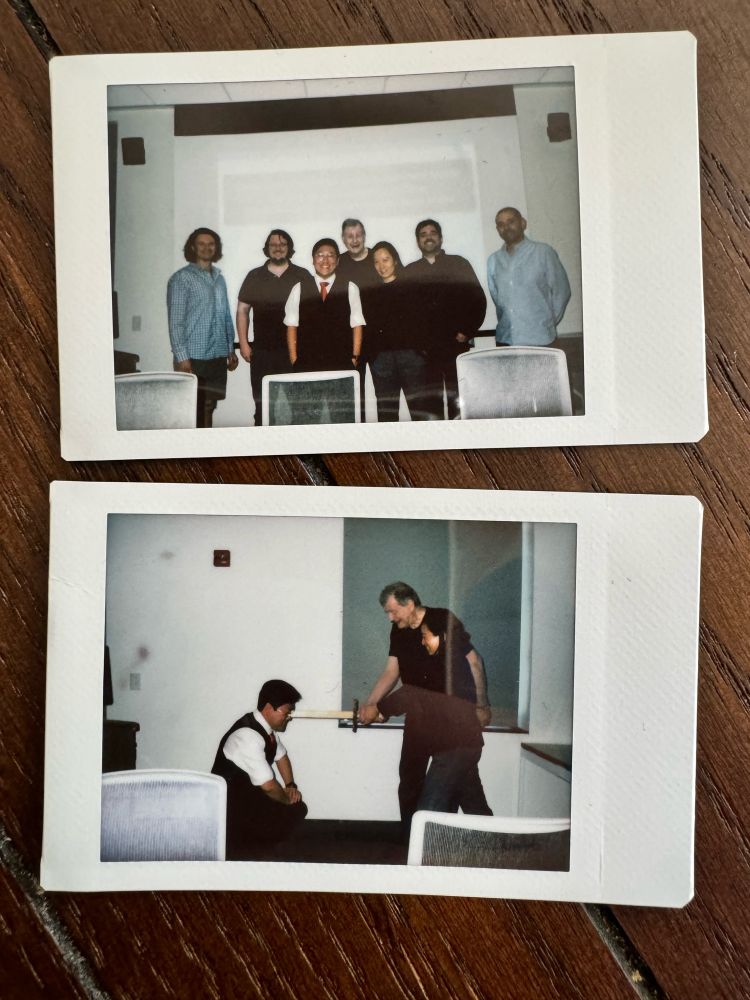

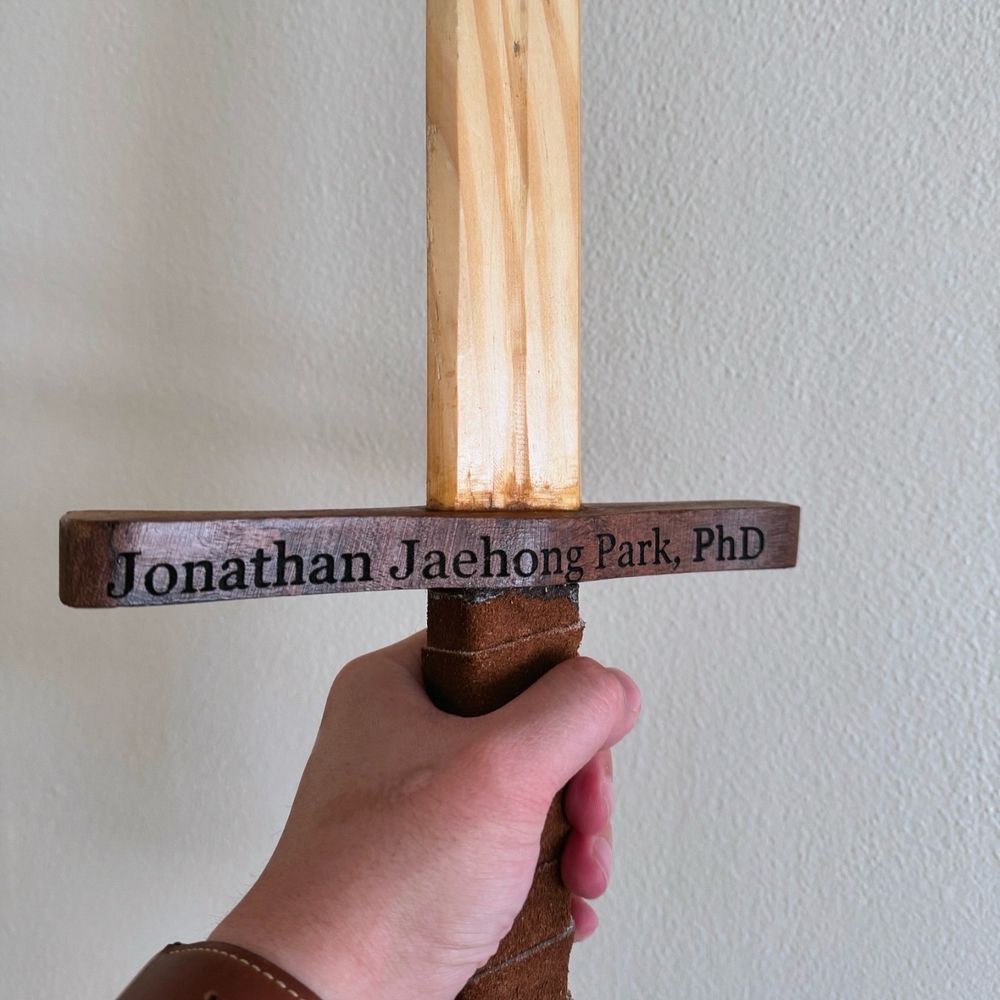
I’m a doctor now!
Got knighted by my advisors, Sy-Miin Chow and Peter Molenaar with an engraved sword gifted to my by Alexis Santos.
Lots of folks to thank but never enough space in these character limits.
First up, our new paper just came out with Sy-Miin Chow,
@sachaepskamp.bsky.social, and Peter Molenaar for fitting N = 1 graphical VAR models and using cluster-based methods to identify subgroups of people who share similar dynamic patterns.
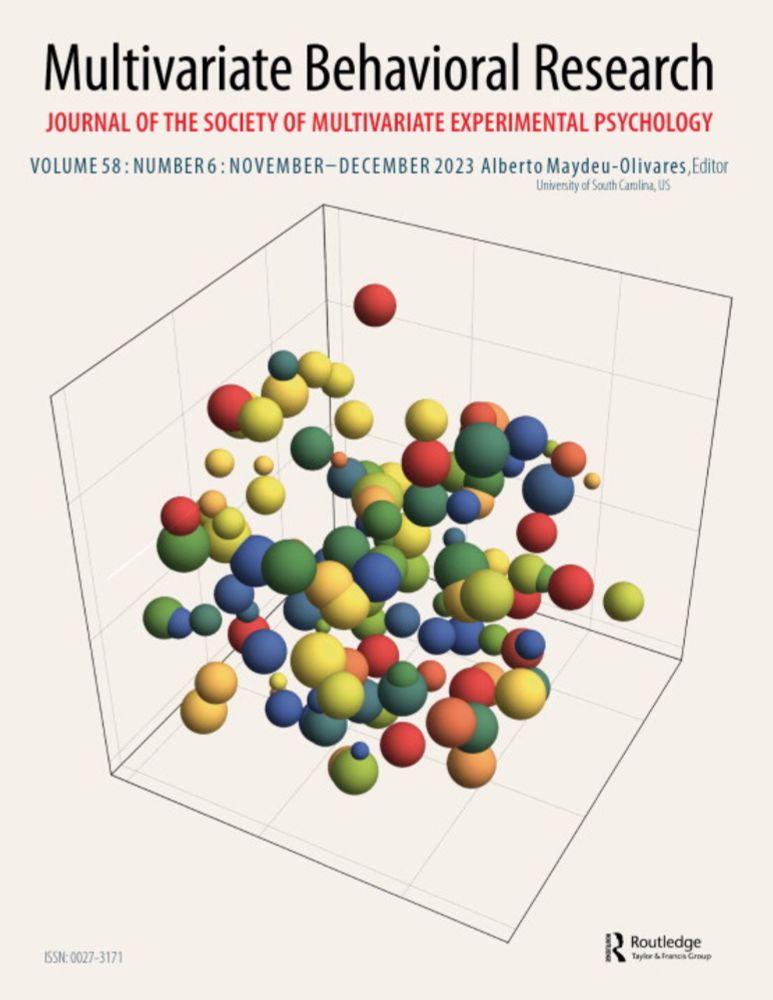
First up, our new paper just came out with Sy-Miin Chow,
@sachaepskamp.bsky.social, and Peter Molenaar for fitting N = 1 graphical VAR models and using cluster-based methods to identify subgroups of people who share similar dynamic patterns.

